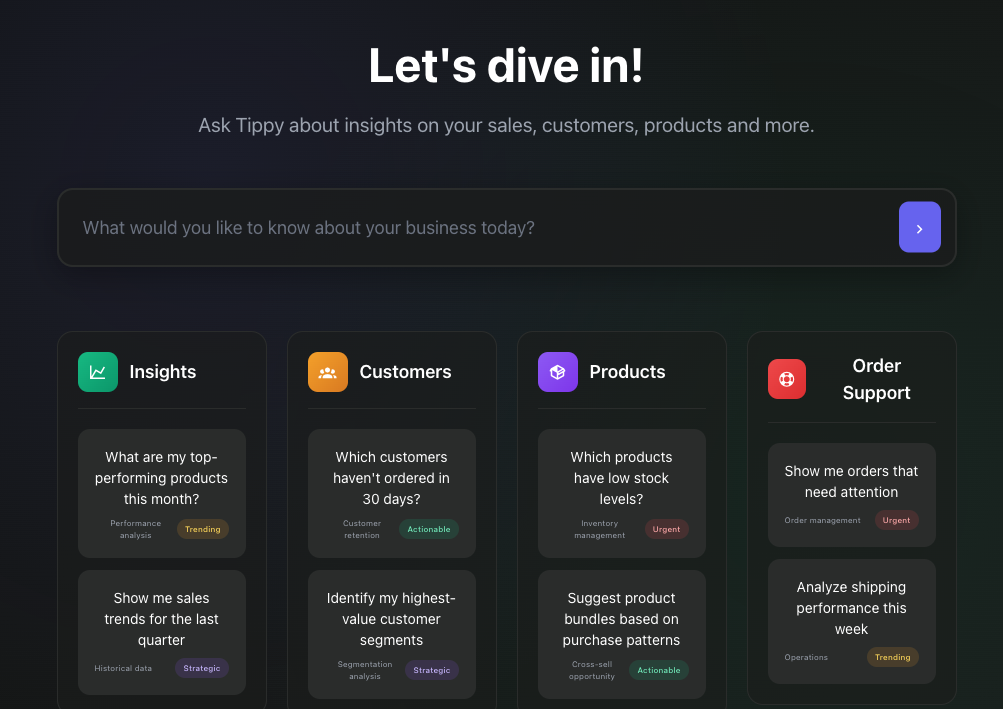10 Tips to Streamline B2B Inventory Management for Growth and Efficiency

Efficient B2B inventory management is the backbone of a successful B2B eCommerce business. Whether you’re managing bulk orders, catering to multiple wholesalers, or dealing with seasonal demand, streamlining your inventory processes can save time, reduce costs, and improve customer satisfaction. In fact, studies show that businesses with optimized inventory management can reduce carrying costs by up to 30%.
Additionally, real-time inventory tracking can boost order accuracy by 25%, enhancing customer trust and loyalty. In a competitive market, smart inventory practices can give your business an edge, helping you avoid stockouts, minimize overstocking, and maintain a seamless supply chain.
Here are ten essential tips to optimize your inventory management and set your business up for growth and efficiency.
Table of Contents
- 1. Enable B2B Preorders to assess demand
- 2. Manage Backorders with transparency
- 3. Automate inventory tracking and alerts
- 4. Synchronize inventory across channels
- 5. Use data to forecast demand and reorder efficiently
- 6. Implement Minimum Order Quantities (MOQs)
- 7. Optimize warehouse organization
- 8. Leverage seasonal inventory planning
- 9. Offer tiered discounts for overstocked items
- 10. Focus on wholesale supplier relationships
10 Tips to Streamline B2B Inventory Management:
1. Enable B2B Preorders to assess demand
B2B Preorders are a powerful tool for B2B businesses, especially when launching new products or managing high demand items. Allowing customers to place B2B preorders creates anticipation while giving you valuable insights into expected demand.
Why it works:
- Reduces the risk of overproduction or understocking.
- Generates upfront cash flow to support production or stock replenishment.
Pro Tip: With Turis, you can easily enable and track B2B preorders, providing real-time insights into customer demand. Use this data to refine your inventory strategy and stay ahead of market trends.
2. Manage Backorders with transparency
Backorders allow you to secure sales even when stock is low, but poor communication can frustrate customers and damage trust. Providing clear and transparent information on availability is key to keeping customers satisfied.
What to do:
- Clearly display which items are available for backorder and provide accurate restock timelines.
- Send automated updates to customers regarding the status of their backorders.
Pro Tip: Prioritize fulfilling backordered items first when restocking to maintain strong customer relationships.
3. Automate inventory tracking and alerts
Manual inventory tracking is time-consuming and prone to errors. Automating processes like stock level updates, low-stock alerts, and reordering ensures smooth operations and reduces human error.
Why it matters:
- Saves time by eliminating manual data entry.
- Prevents costly stockouts by triggering timely reorder alerts.
Pro Tip: Integrate your B2B eCommerce platform with inventory management software to automate updates and reduce workload.
4. Synchronize inventory across channels
For B2B businesses that sell through multiple channels—like direct platforms, distributors, or marketplaces—synchronizing inventory is essential. Real-time updates prevent overselling, canceled orders, and customer dissatisfaction.
How to do it:
- Use a centralized system to update inventory across all channels automatically.
- Monitor channel performance to allocate inventory strategically.
Pro Tip: Platforms like Turis offer built-in synchronization tools, ensuring accurate stock levels across all sales channels.
5. Use data to forecast demand and reorder efficiently
Accurate demand forecasting allows you to maintain optimal stock levels without overstocking or running out of inventory. Leveraging sales data and seasonal trends helps you predict demand and plan ahead.
Why it works:
- Ensures popular items are always available.
- Prevents unnecessary capital tied up in excess stock.
Pro tip: Regularly review inventory turnover rates, seasonal patterns, and supplier lead times to refine your forecasts.
6. Implement Minimum Order Quantities (MOQs)
MOQs can help you manage inventory by ensuring that orders are large enough to justify production or stock usage. This reduces the risk of small, unprofitable orders depleting inventory unnecessarily.
Why it matters:
- Helps you maintain inventory levels for high-value clients.
- Improves operational efficiency by focusing on larger orders.
Pro Tip: Communicate MOQs clearly on your B2B platform to set expectations upfront.
7. Optimize warehouse organization
A well-organized warehouse can significantly improve order fulfillment speed and accuracy. Efficient storage systems reduce delays and errors while making the picking and packing process easier.
What to do:
- Arrange high-demand products in easily accessible locations.
- Implement barcoding or labeling systems to speed up inventory tracking.
Pro tip: Conduct regular audits of your warehouse layout to ensure it aligns with current inventory needs.
8. Leverage seasonal inventory planning
For businesses affected by seasonal demand, planning ahead is critical. By analyzing past trends, you can stock up on popular items well before peak seasons begin.
Why it works:
- Prevents stockouts during high-demand periods.
- Reduces overstocking of items with limited off-season appeal.
Pro tip: Use your platform’s analytics to identify seasonal trends and adjust your inventory strategy accordingly.
9. Offer tiered discounts for overstocked items
When you have surplus inventory, tiered discounts can encourage wholesalers to buy in bulk. This not only clears out excess stock but also improves cash flow.
Why it matters:
- Moves slow-moving items quickly.
- Encourages larger purchases without cutting too deeply into profits.
Pro tip: Promote discounted bundles or bulk offers to wholesalers through your B2B platform.
10. Focus on wholesale supplier relationships
Strong supplier relationships ensure you have reliable partners who can adapt to your needs. Good communication and flexibility can help you respond to changes in demand quickly.
What to do:
- Regularly communicate with suppliers about anticipated demand.
- Build partnerships that allow for flexible order quantities and faster restocks.
Pro tip: Diversify your supplier base to reduce risks of disruptions from a single source.
Conclusion
Streamlining inventory management isn’t just about cutting costs—it’s about creating a seamless system that supports your growth and keeps your customers happy. By implementing these 10 strategies, from preorders and automation to seasonal planning and supplier relationships, you can set your B2B eCommerce business up for success.
With tools like Turis and a clear focus on efficiency, you can transform inventory management into a competitive advantage, driving long-term growth and profitability.

